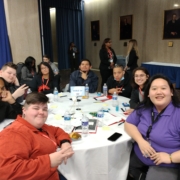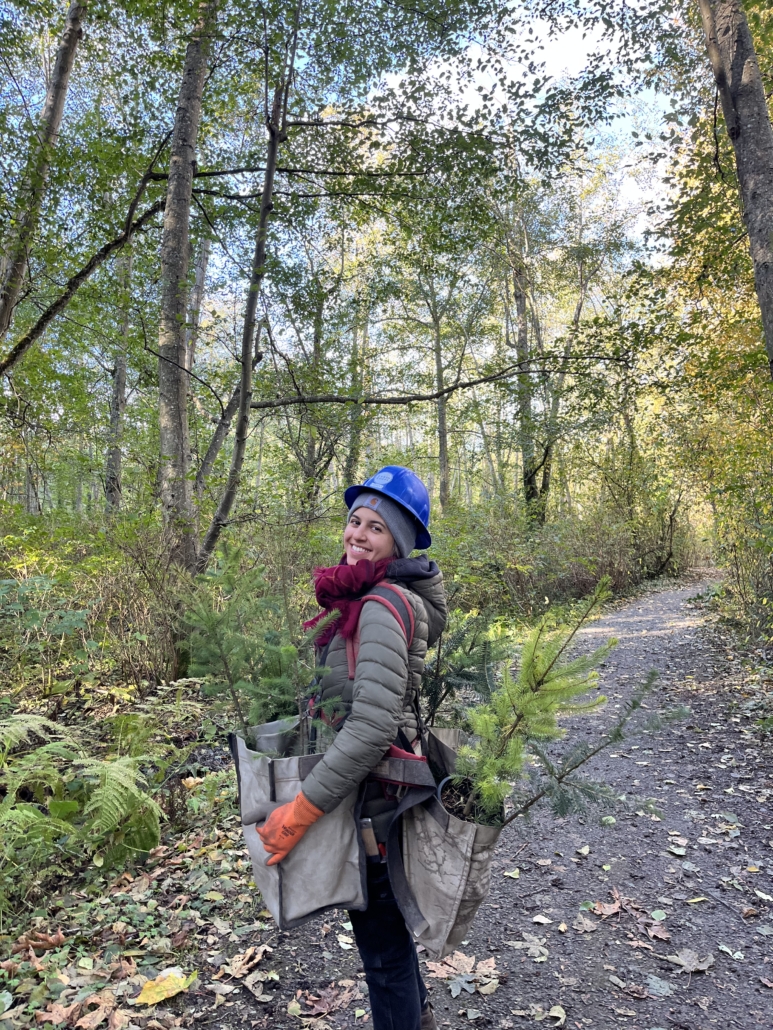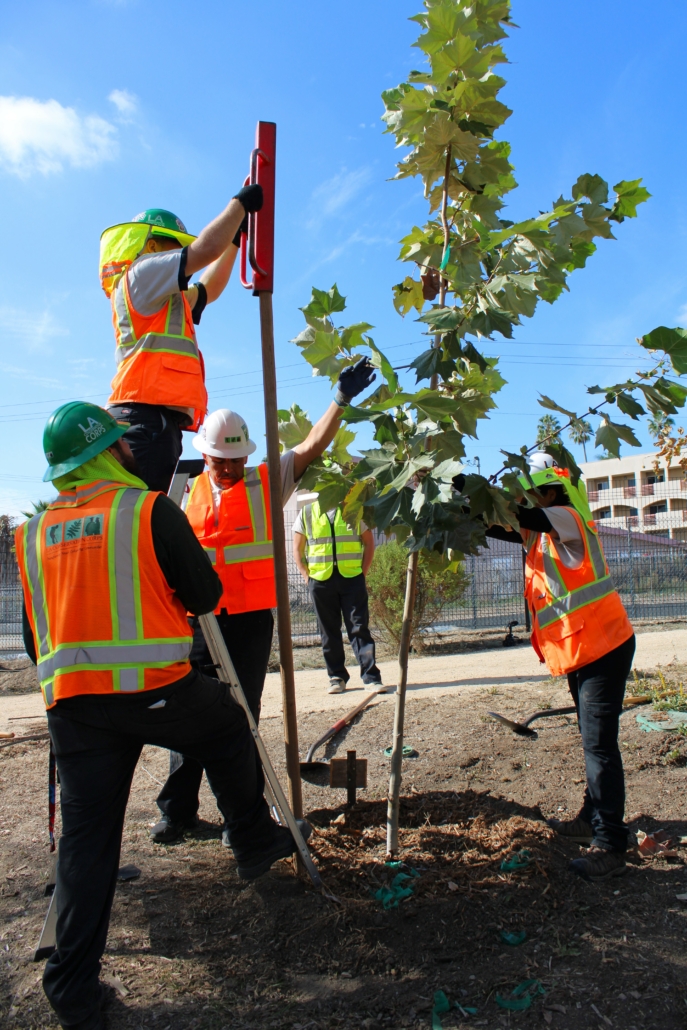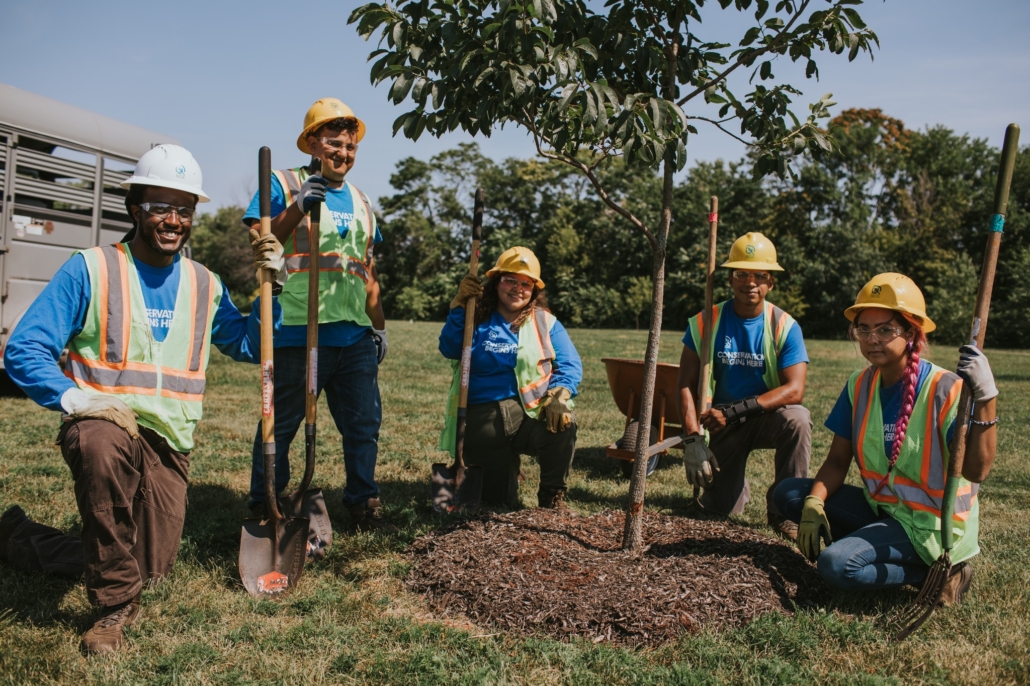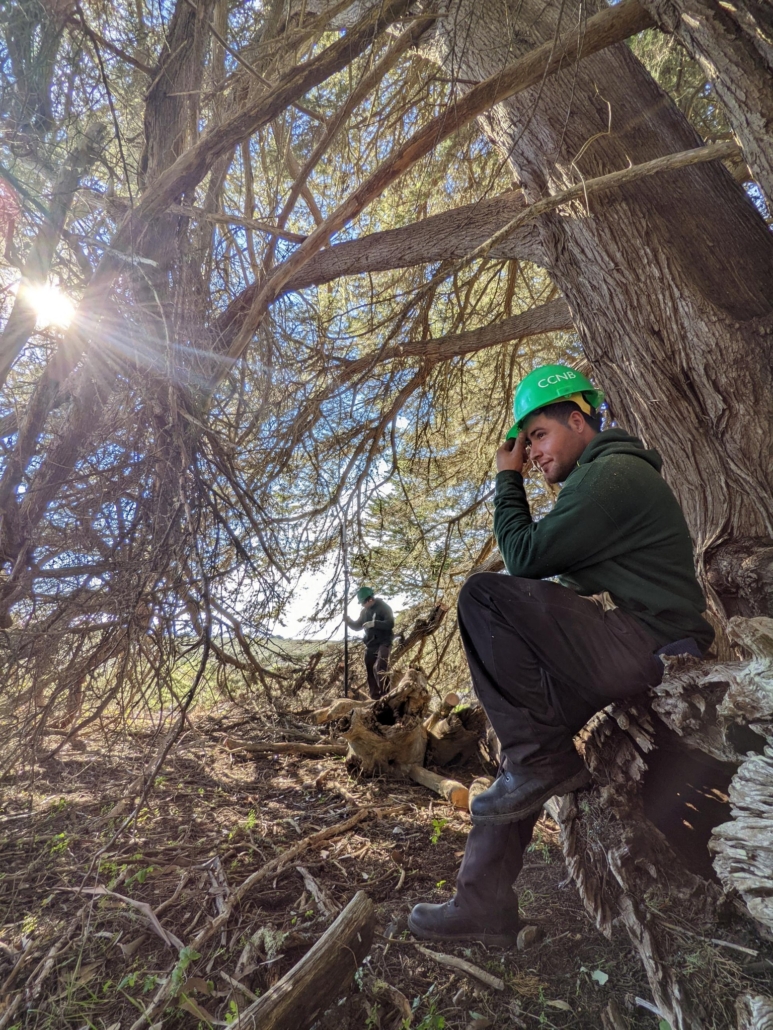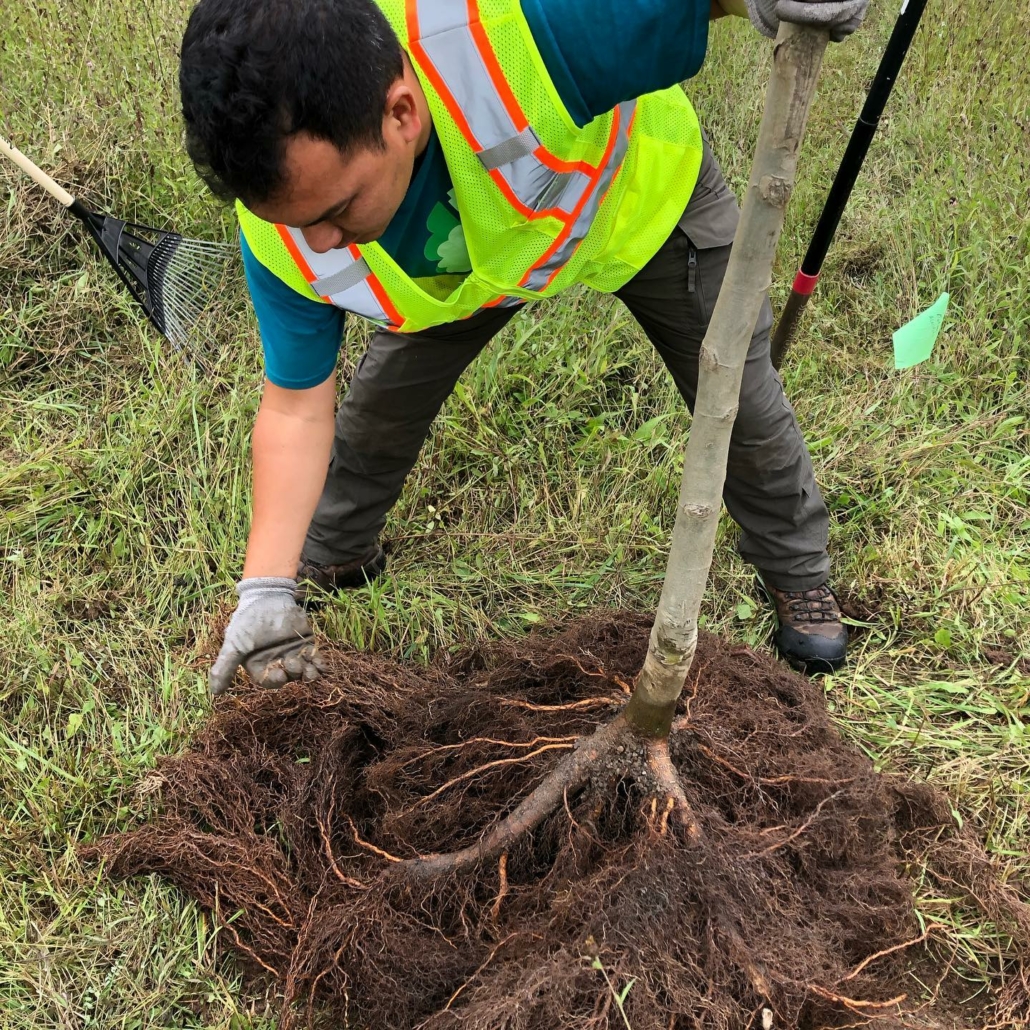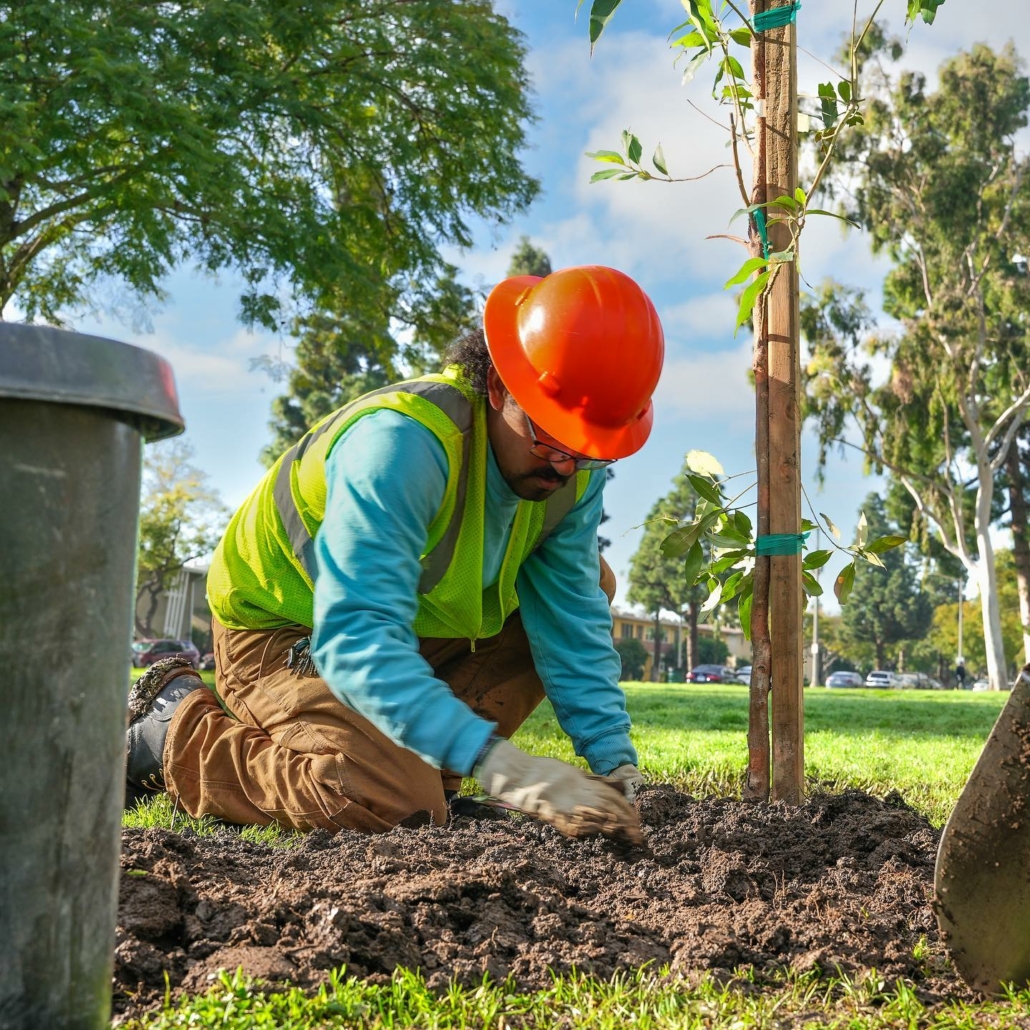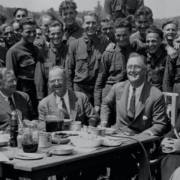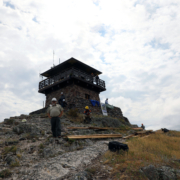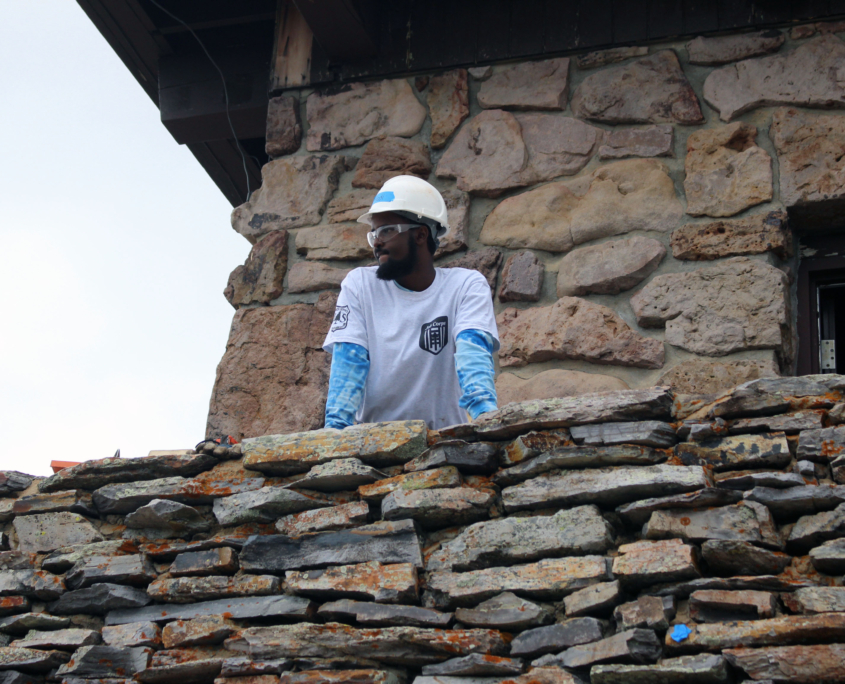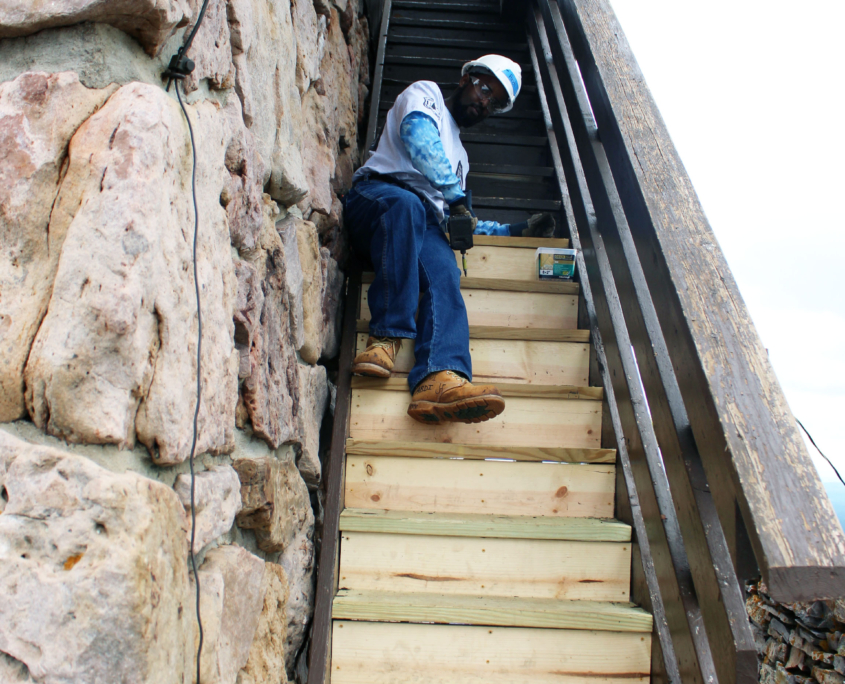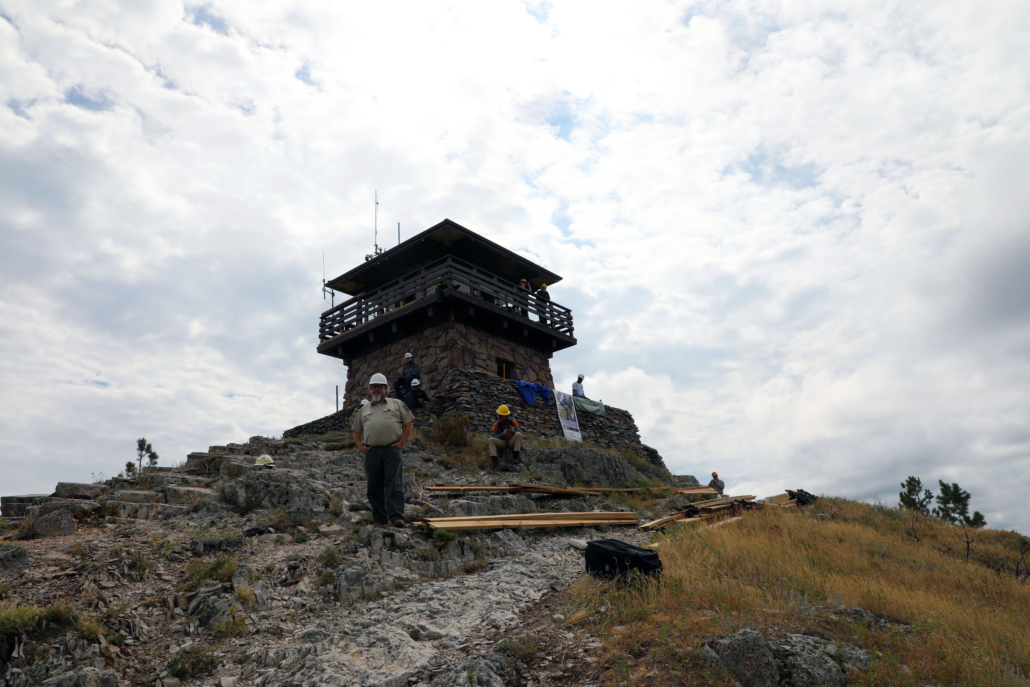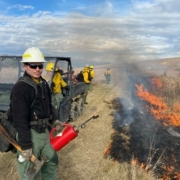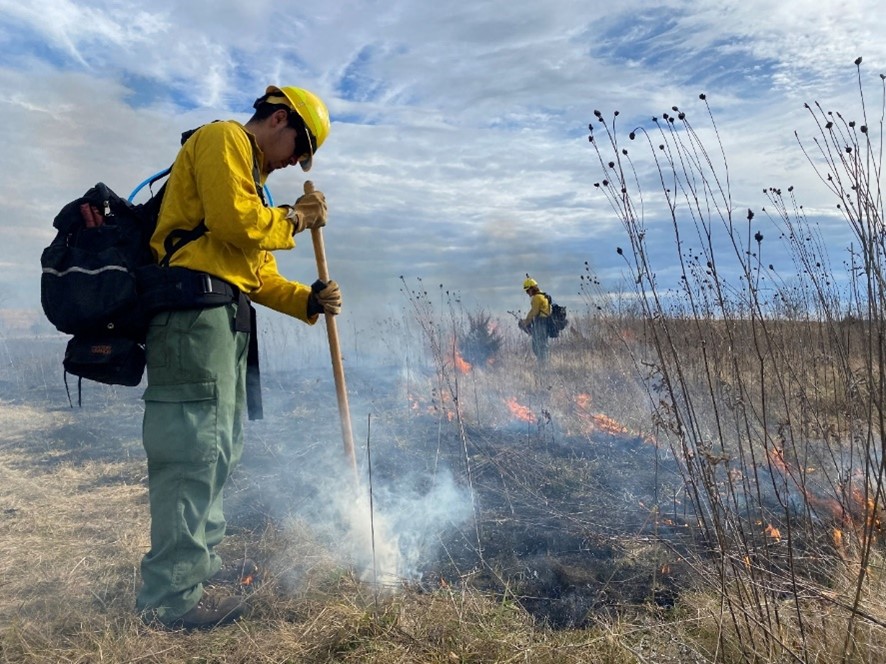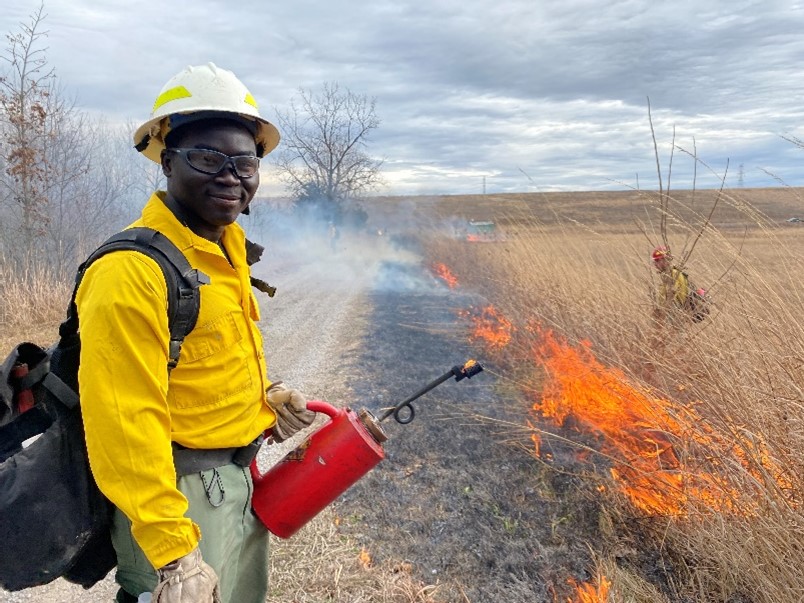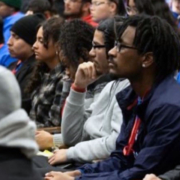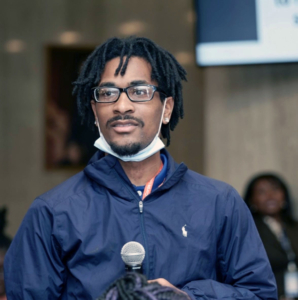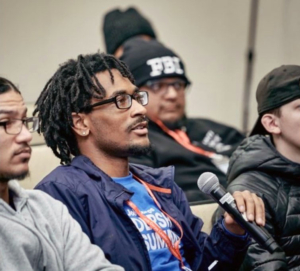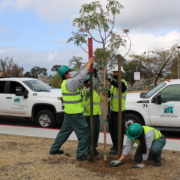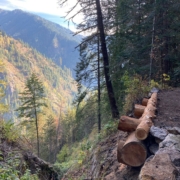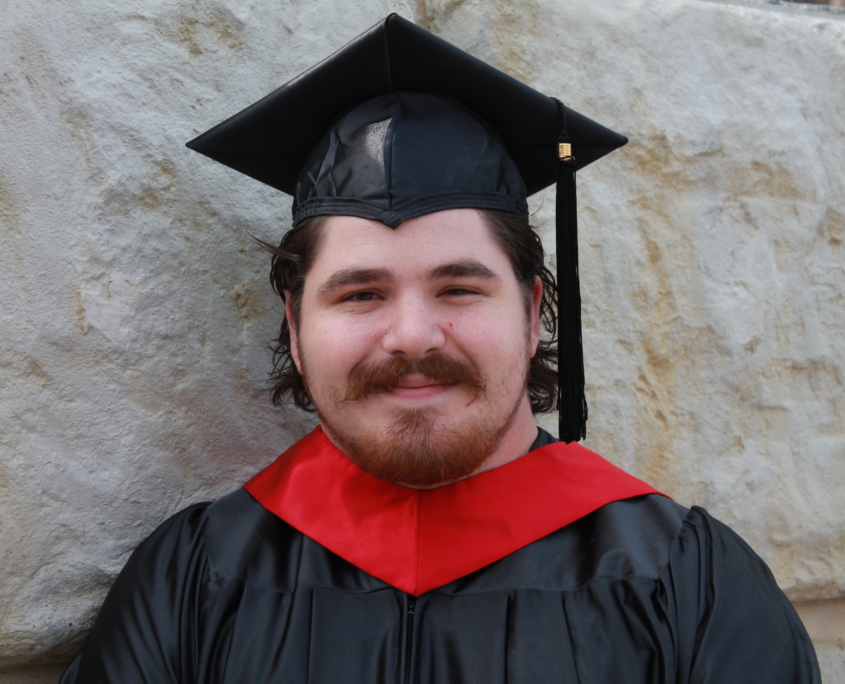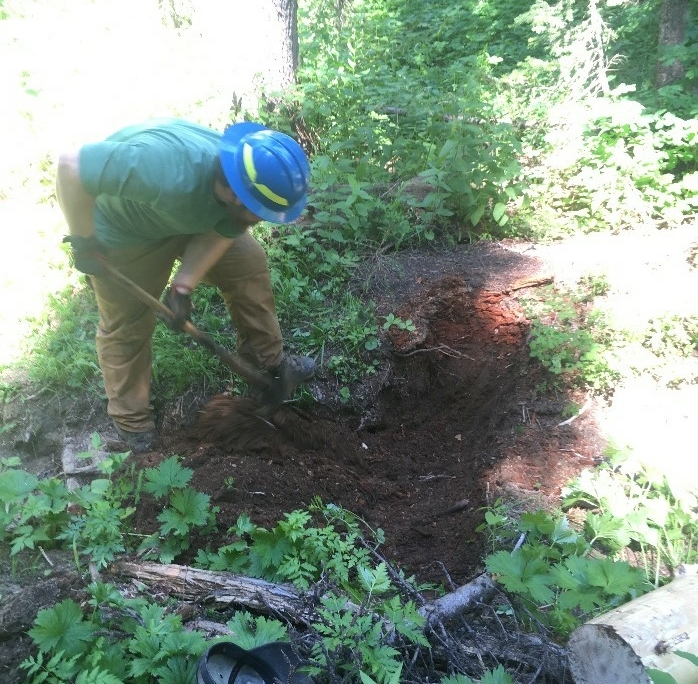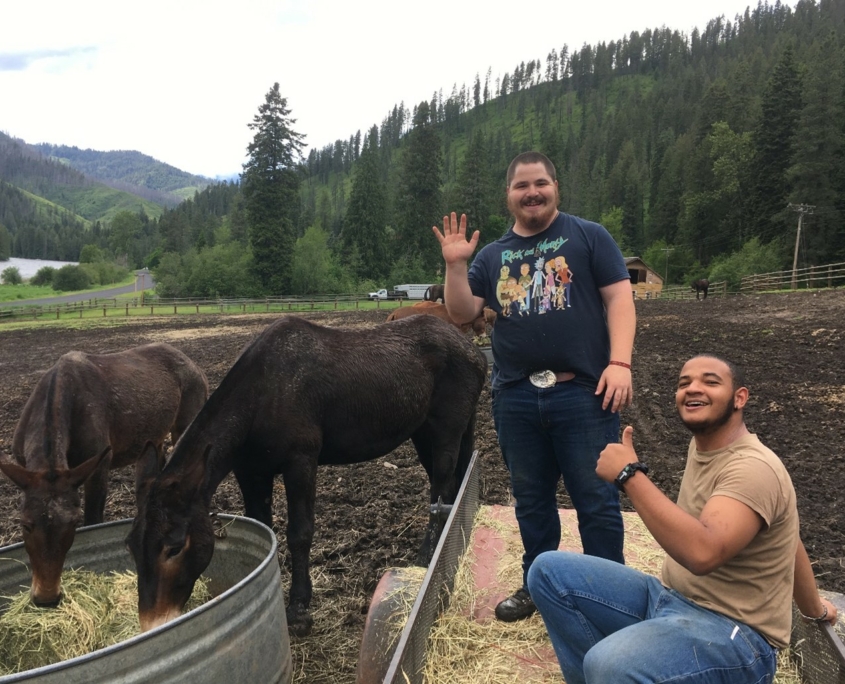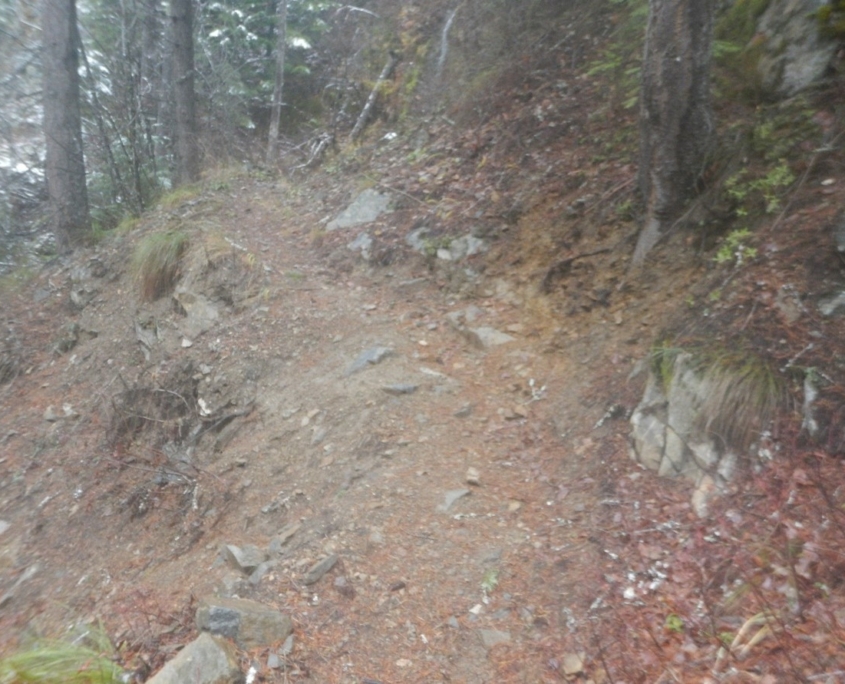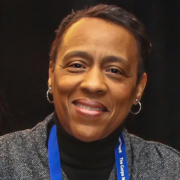Impact Story: Seizing the opportunity to enhance Job Corps
Submitted by Alicia Bennett, Public Affairs Officer, U. S. Forest Service Job Corps
Held in Washington, D.C., the Job Corps 2.0 Leadership Summit: Students Today. Leaders Tomorrow was a perfect breeding ground for new thoughts, ideas, and solutions to make Job Corps better. I, along with more than 100 students from Job Crops programs throughout the country, discussed the issues important to us as leaders. We focused on communication problems since time was limited.
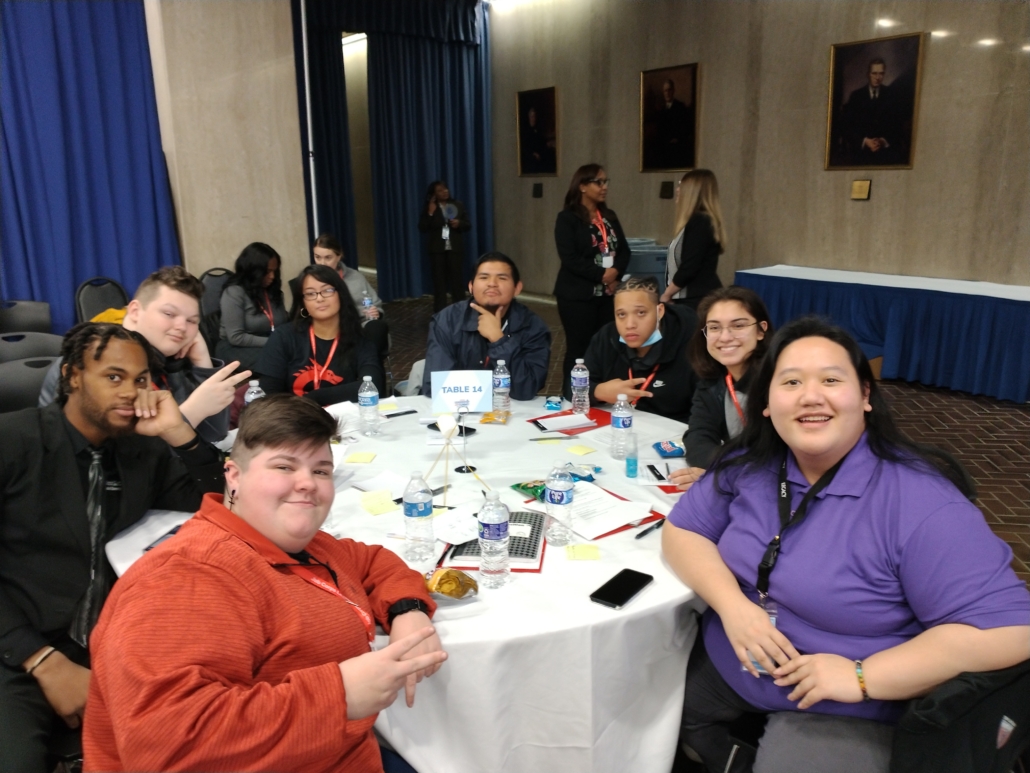
Marcus R. Jackson, second from left, participates in a Round Table discussion at the Job Corps 2.0 Leadership Summit: Students Today. Leaders Tomorrow in Washington, D.C. Courtesy photo by Marcus R. Jackson.
We shared concerns on distressing issues that included center extracurricular activities that were not publicized, wandering my Center to find students, instructors’ calls going unanswered due to teaching (not clear what you’re trying to say), meetings cancelled without notice, tests and/or appointments scheduled without notice, and students being notified of appointments with little time to prepare. With these communication issues being the most notable, it’s easy to see things need to change, so we quickly moved on to solutions that would work for our centers and/or could be implemented across the entirety of Job Corps.
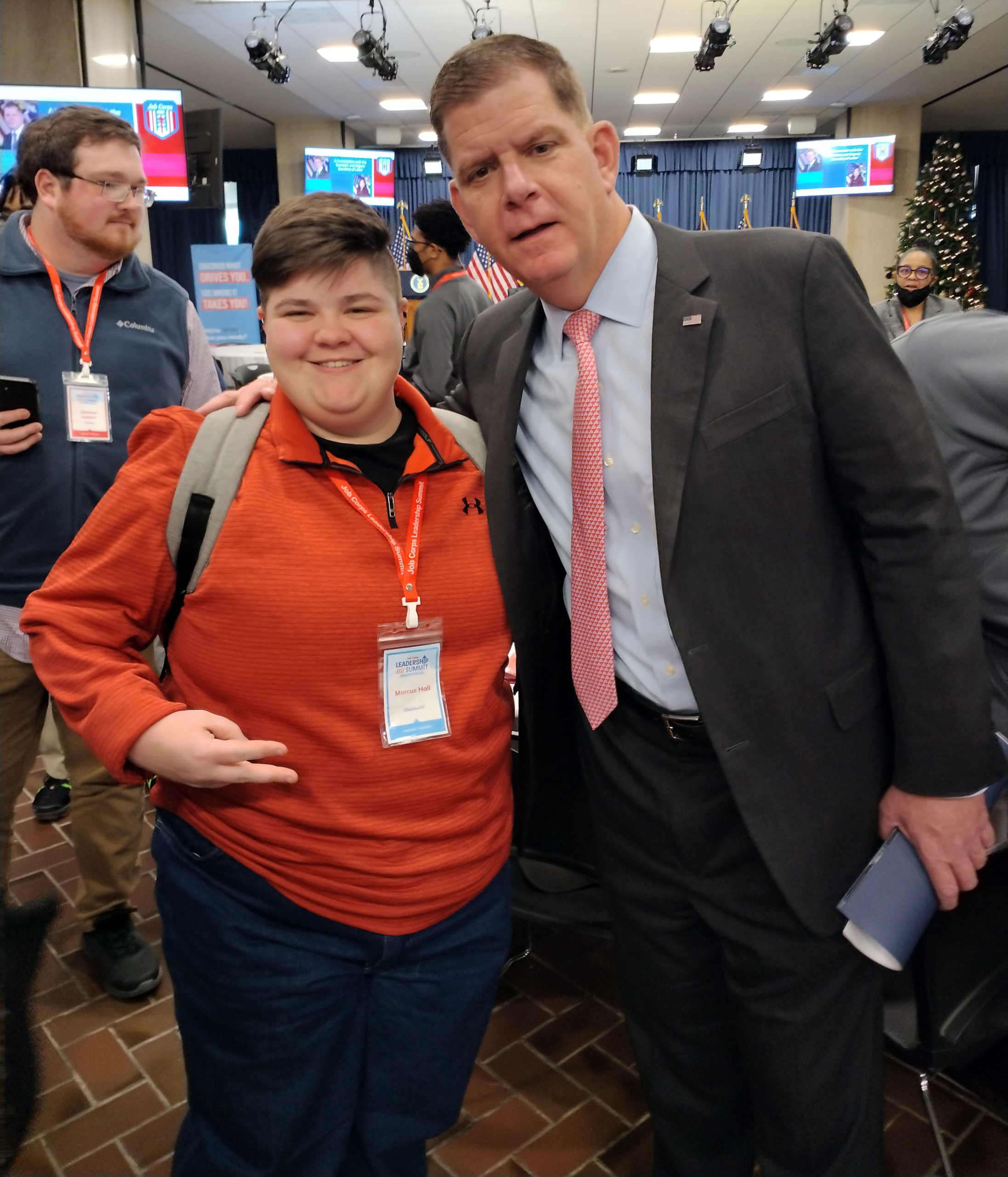
l to r: Blackwell Job Corps CCC student representative Marcus R. Jackson happily grabs a photo with Marty Walsh, Secretary, U.S. Department of Labor at the Job Corps 2.0 Leadership Summit. Courtesy photo by Marcus R. Jackson.
Some solutions that were brought to the table focused on physical objects–things Job Corps students could see and interact with to help them become a part of their daily routine. These include items such as a large noticeboard or whiteboard calendar. Whiteboard calendars allow notes to be added or taken away with an awareness of other events happening that day or week. If a corkboard was added to the side, students could put up polls for different extracurricular activities and make lists of movies to watch. Having something physical that students could interact with daily would help us not forget about important events.

Blackwell Job Corps CCC student representative Marcus R. Jackson. Courtesy photo by Marcus R. Jackson.
Now, what about using elements we already have? Email, Google classroom/calendar, and the Job Corps site are tools we already have but don’t use properly. If the Google Classroom/calendar was used to its full extent, everyone on-center would have a calendar app where they could see major events or even small matters dealing with their trade. Administration could upload appointments on the app and only specific students would get a notification, without disrupting other events on the calendar.

(l-r) Job Corps National Director Rachel Torres and Blackwell Job Corps CCC student representative Marcus R. Jackson at the Job Corps 2.0 Leadership Summit. Courtesy photo by Marcus R. Jackson.
Alternatively, a solution that would take longer but be tailored to Job Corps’ needs is to develop a Job Corps app. The app could have possible functions such as a general calendar, personal calendar, list of administration/instructor names and ways to contact them or poles for extracurricular activities. Most importantly, the app could have personal schedules that work similarly to a work schedule app. Job Corps Administration could pre-program the schedule for that week. Students would have the ability to check their phones or Chromebooks before the school day starts so we’d know where we’re going, what food is available in the cafeteria that day, and any homework that needs to be turned in that day. I am looking forward to the idea of a Job Corps app in the far future, as it seems to be the most streamlined and tailored solution.
-Marcus Jackson

